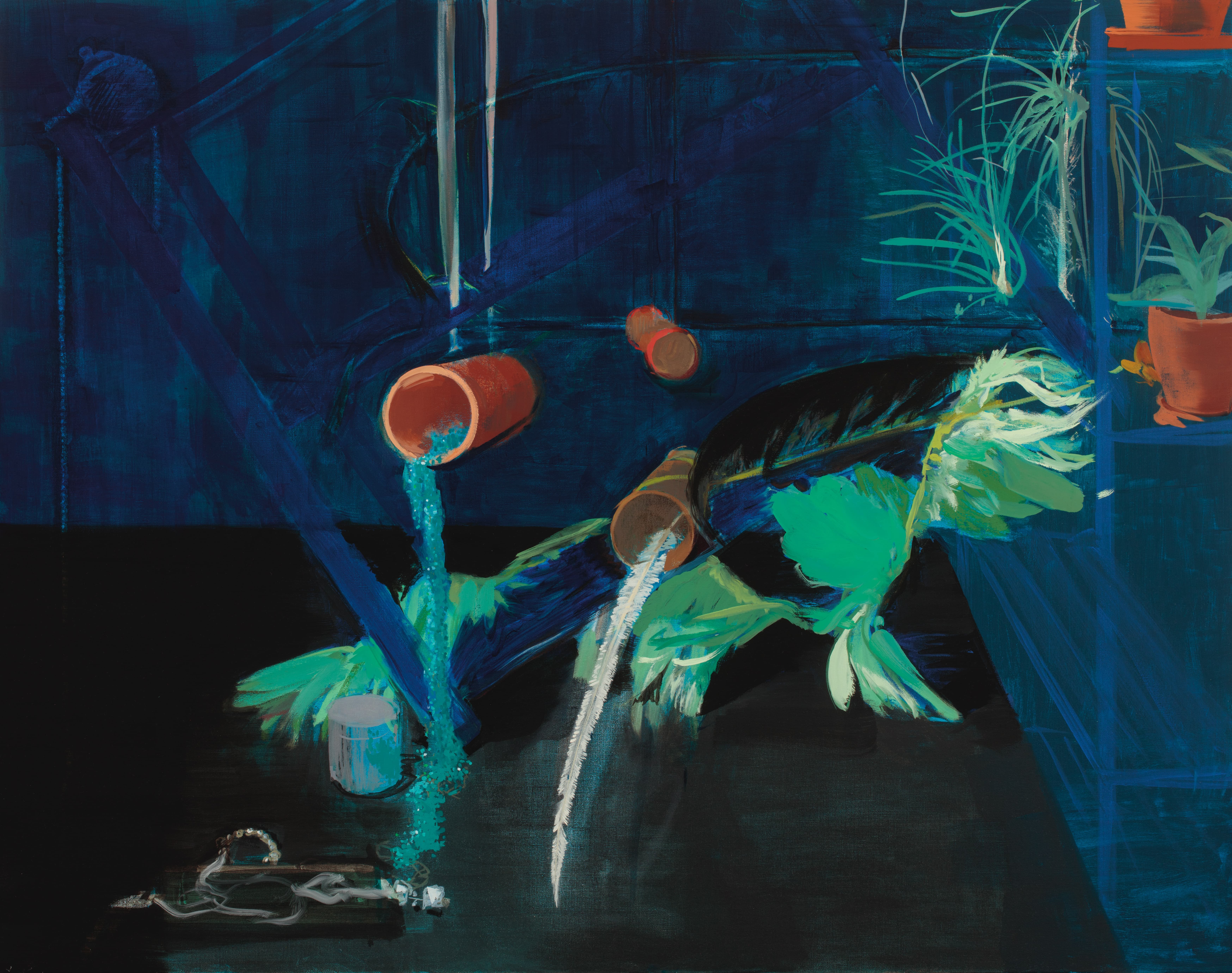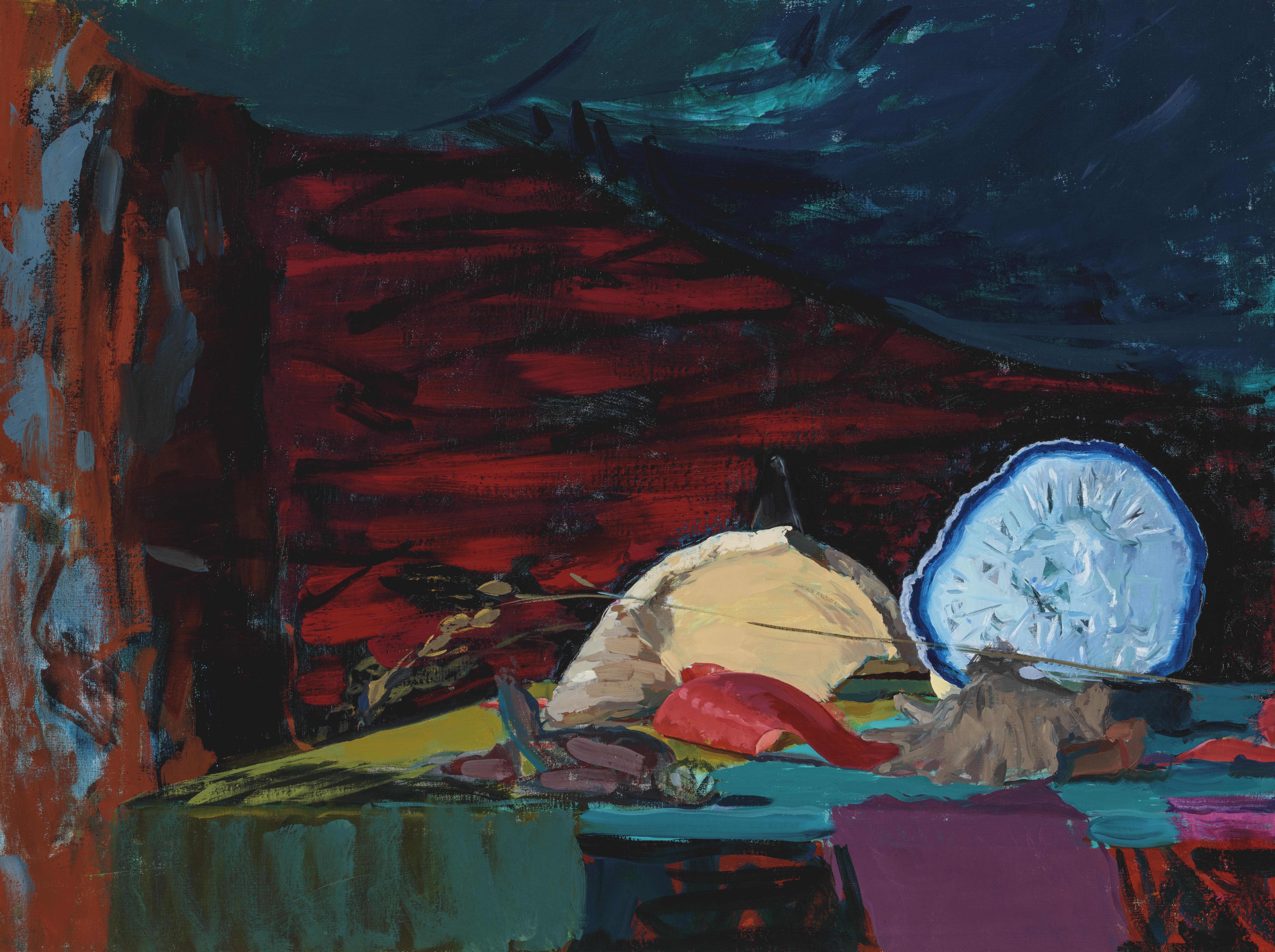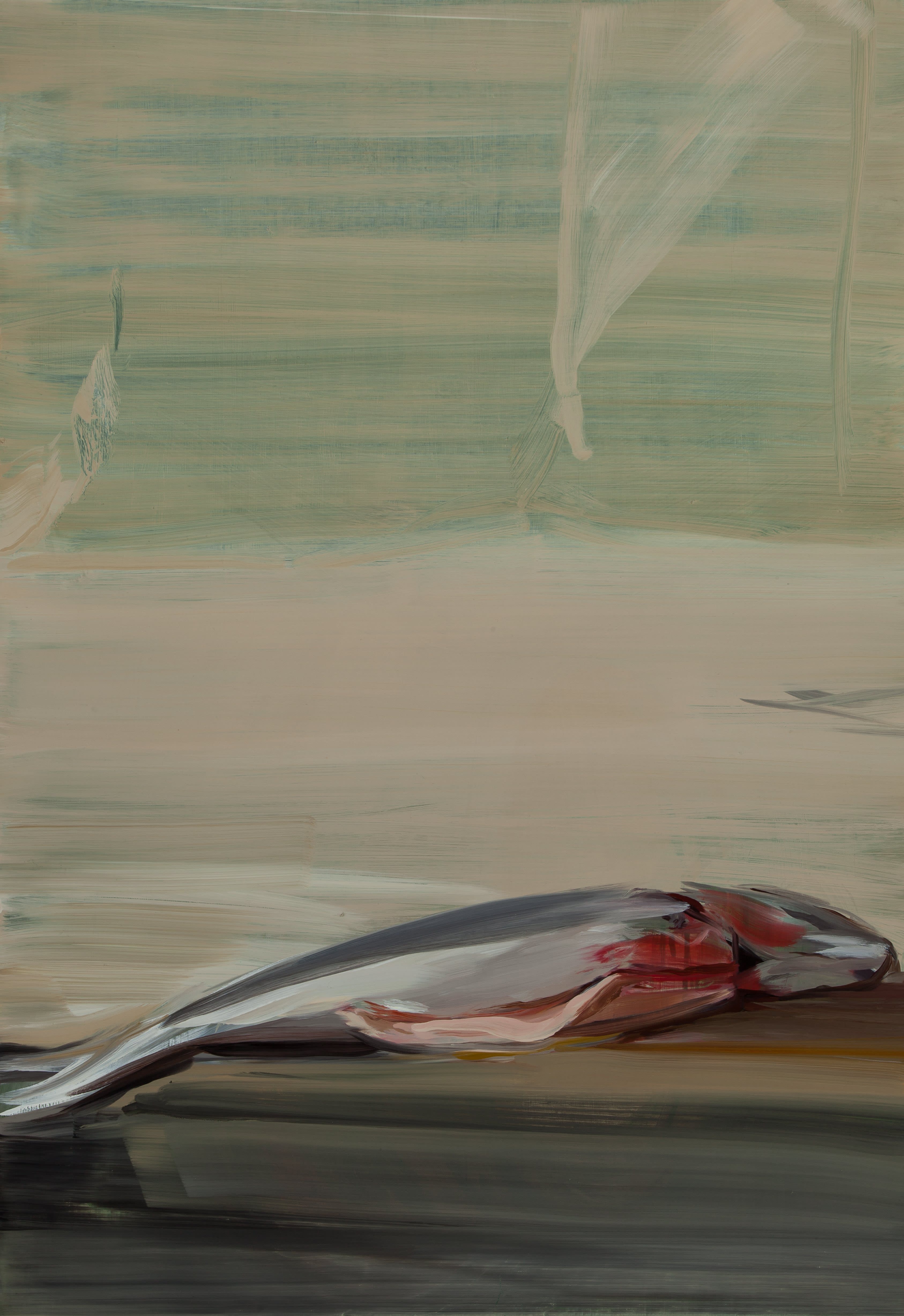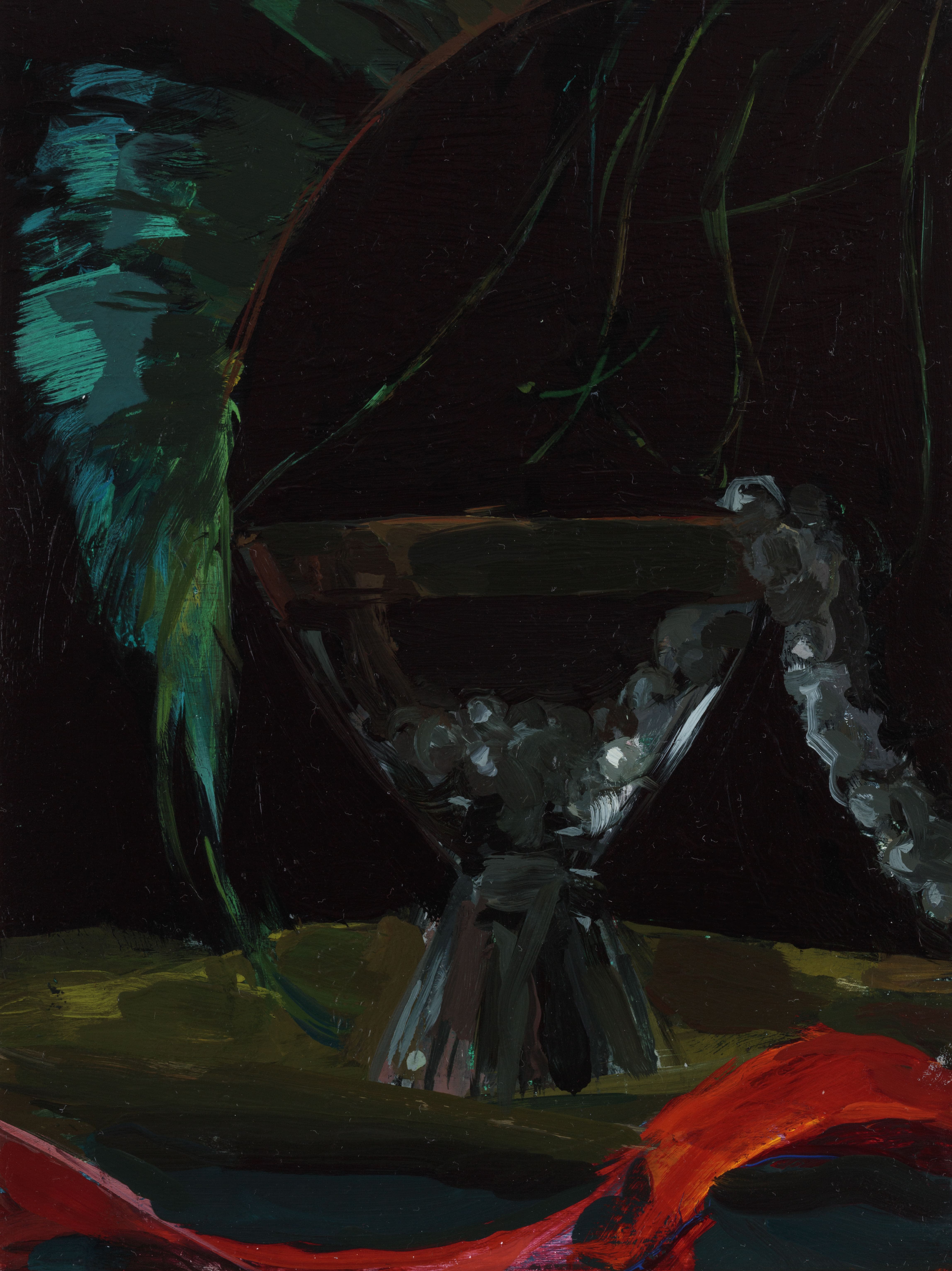Laura Smith is one of the newest members of the NEAC, elected in Summer 2022. In this article, she tells us about her love of still life, and how she discovered her own unique voice and style in the genre . . .
I have always loved looking at still life paintings. My favourite ones give me the feeling that I am looking at something very intimate and revealing, like the page of a diary. This is partly because they have often been painted with that precious thing, total artistic freedom, meaning that every choice was the artist's own; not only were they able to make all the decisions about what we see in the painting but they had to.

Something that gives the genre wonderful mystery is that the objects depicted hover between being very much their physical selves and at the same time a sort of private code to be broken. There's a Chardin painting called The Smoker's Case. It shows some of his wife's belongings, including a subtly smouldering pipe balanced elegantly against the side of a box. I have always thought of it as one of his finest works.
I recently discovered that Chardin painted it the very year his wife died. All of a sudden, I felt I had understood something of why it was such a powerful painting. It was a painting about love and grief. My discovery didn't make it more beautiful but it did give it a poignancy. I think it illustrates the fact that there is often more to a still life painting than first meets the eye.

It's not that I want all painted objects to be symbolic, but I love the fact that a painting has the potential to imbue a jug or a keyhole with a significance, poetry or even spirituality, like Francisco de Zurbarán's, without the viewer needing any knowledge outside the painting itself. Still lifes can be full of secrets and mystery. Although these don't need to be solved, they nevertheless add to their force.

For years, I couldn't paint them very happily myself. I kept feeling like I was making a pastiche or contriving something a little bit awkward and embarrassing. Then one day something changed. I was painting a rose in a jug next to a small piece of broken china. The rose seemed to be bending its head and looking down at the bit of blue china and it seemed to be looking back up at the rose.
I felt that wonderful urgency of inspiration. I realised I could covertly paint about my own emotions by giving inanimate objects emotive gestures. While I was painting them, I could in some way become these anthropomorphic pots, dead insects or flowers as they squashed, nestled or abandoned one another. Even the simple act of opening out and lying flat became eloquent to me when I imagined adopting the pose myself.

Sanford Meisner said, "Acting is behaving truthfully under imaginary circumstances." I think painting still life allows me to do something similar.
Find out more about Laura Smith and view a selection of her work (some of which are available to purchase online) on her NEAC artist profile page. Her work will feature in an exhibition at the Wood Norton Hotel in Evesham, Worcestershire, launching on 6 November 2022 in support of St Richard's Hospice. Laura also regularly teaches painting and drawing classes with Heatherleys.

Photography by Angelo Plantamura

